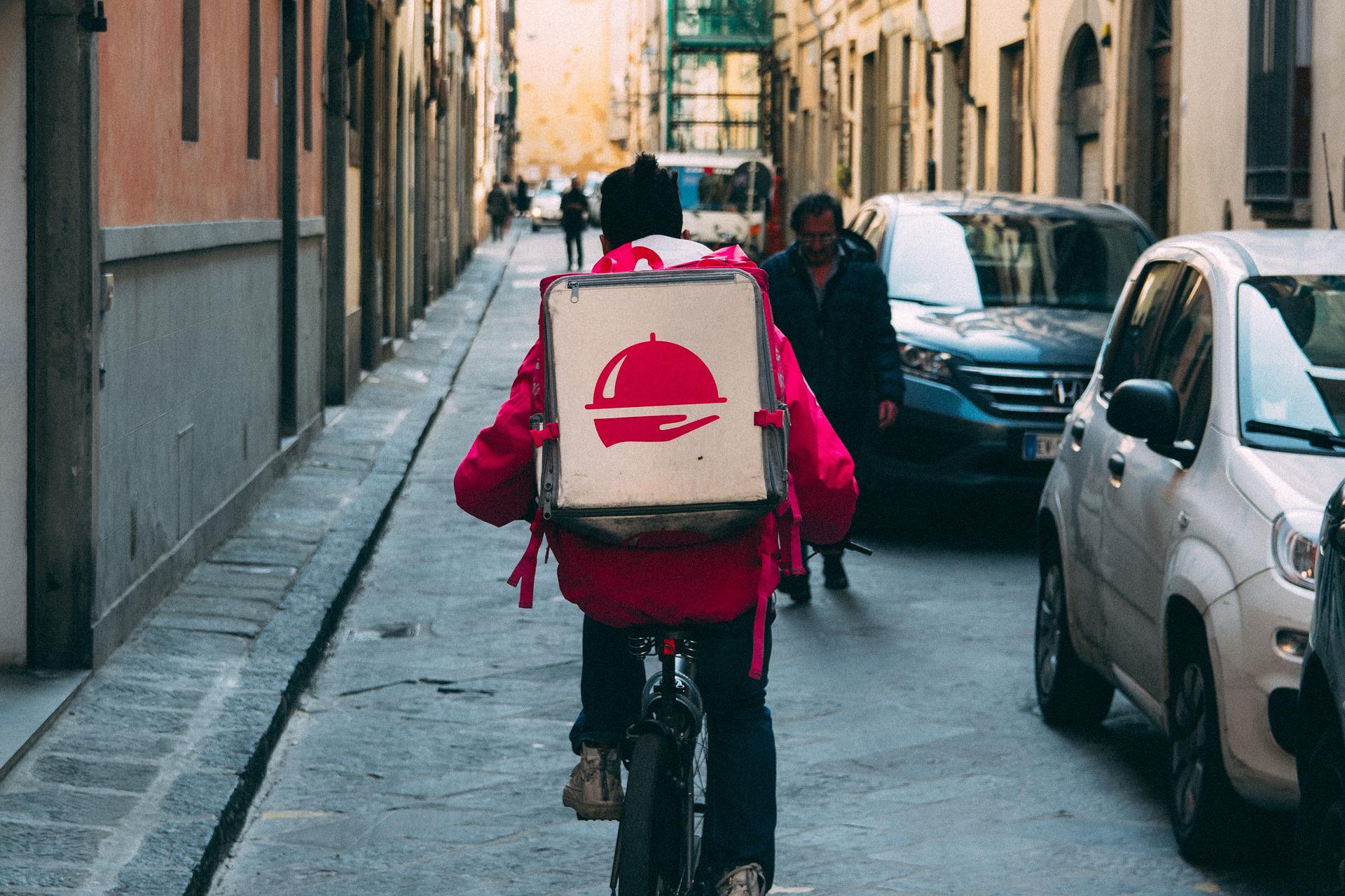Introduction
There are few things worse than ordering a delicious meal from your favorite restaurant, only to have it end up soggy and limp on the way home. Fortunately, there’s a simple solution: invest in some packing materials and follow these tips!

How do I stop my takeout from getting soggy?
There are a few things you can do to make sure your food is kept safe and fresh:
- Use containers that are heat resistant. These are usually plastic or glass and will not melt if they come into contact with hot sauce or soup.
- Use leak proof containers. This means they won’t leak when they’re tipped over or shaken, even if they’re full of liquid.
- Use easy-to-carry containers. In other words, make sure the container has handles so that it’s easy for you to hold onto it when walking around town with it in hand as well as when transporting it from your home (or office) back out again at night!
- Use easy-to-clean containers – often made out of stainless steel so no matter how much tomato sauce ends up on the bottom of them there’ll always be no residue left behind after washing has been done; plus this means less scrubbing required on your part later down the line too!
How do you transport hot food?
First, you should figure out what kind of food you want to transport. Some foods are easier than others. For example, if you’re having a big party and want to serve your guests hot wings, it’s better to use a thermal container with locking lid instead of an insulated bag. This is because the hot air inside will help keep those delicious wings nice and warm for as long as possible!
If you’re planning on transporting food in a bag or pouch like this one here, then just make sure it’s not tied too tight so that there isn’t any pressure on the contents inside when they get tossed around while being transported somewhere else (like when they come home from school).
How do you keep food warm and crispy?
The best way to keep food warm is with a hot box. If you don’t have one, go out and buy one right now! It’s the most reliable way to keep food warm without drying it out or making it soggy. This can be used in any situation where you want something warm. Many restaurants also use hot boxes so that they can bring their customers their orders quickly, even if those orders include things like soup or pasta which are typically served at room temperature.
The next best thing would probably be a hot bag; this is basically just a big ziploc bag filled with hot water, but these aren’t as effective as actual heaters (this will help keep your food from drying out). They’re also really easy to make yourself at home if you need them for work or on-the-go eating situations (like if you’re going camping with friends).
If neither of those options appeal to you then perhaps consider using an actual pot instead? This is similar in size and shape as those used in kitchens everywhere around the world today–it’s just not quite large enough for serving food during dinner parties or family gatherings yet still allows people around town access via delivery service companies like Bite Delivery!
How do you bring hot food to a party?
If you’re bringing hot food to a party, it’s important to keep the food hot and not let it get soggy.
- Bring the container in which you’ll be carrying your hot dish on the table with you. If guests are helping themselves to drinks or snacks while they wait for dinner, try placing your container in an out-of-the-way spot so that people won’t clutter up the buffet line with their plates of chips and dip.
- Don’t allow your dish to sit in direct sunlight or heat. Most foods like spaghetti or lasagna will stay warm enough if kept covered in its own container for about 30 minutes before serving time (but please check the manufacturer’s guidelines for specific cooking times). If a cold dish needs some extra heat from another source such as an oven or stovetop burner (or even just from sitting next to something hot), make sure that there is plenty of air circulation around it so that any steam doesn’t condense onto its surface and make everything soggy! Also make sure no one bumps into it while they’re moving around during dinner; two small tables can be placed end-to-end if necessary!
- Don’t put anything else on top of your thermal container; this includes other dishes such as bowls full of salad greens (which also need some room between them), napkins still folded neatly inside place settings etcetera because any extra weight could cause cracking when being transported from one place
Conclusion
As you can see, transporting hot food is not as easy as one might think. Keep in mind that there are some things you will need to consider before packaging up your meals for transport. For example, do you want to bring cold or hot food? Do you need something that’s easy to carry around or does it just need to be kept warm? If so then there are different options available depending on how much money you want to spend. The most important thing is knowing what type of meal will be best suited for this process; whether it’s fried chicken from a restaurant down the street or homemade chili sauce from grandma’s kitchen!
